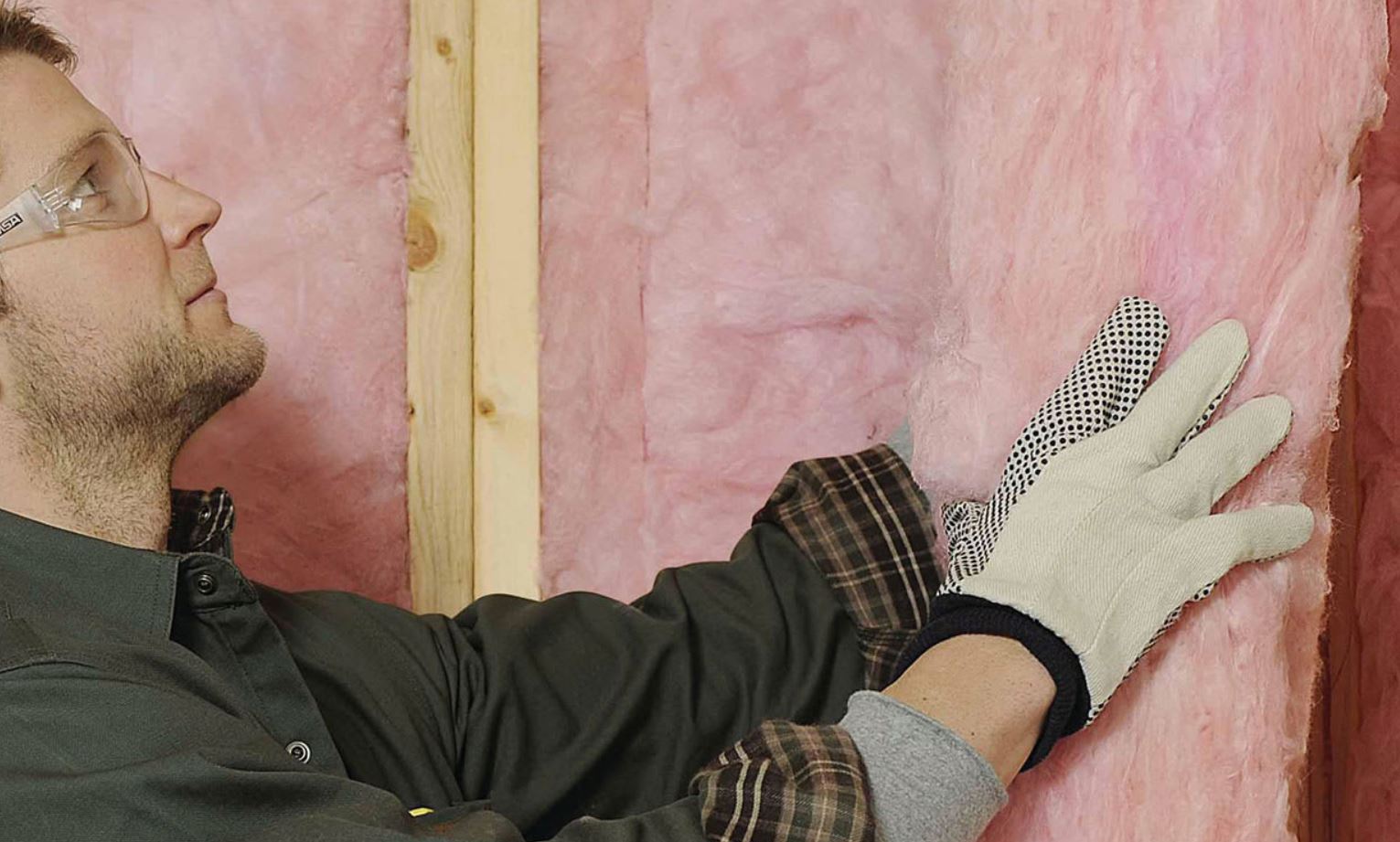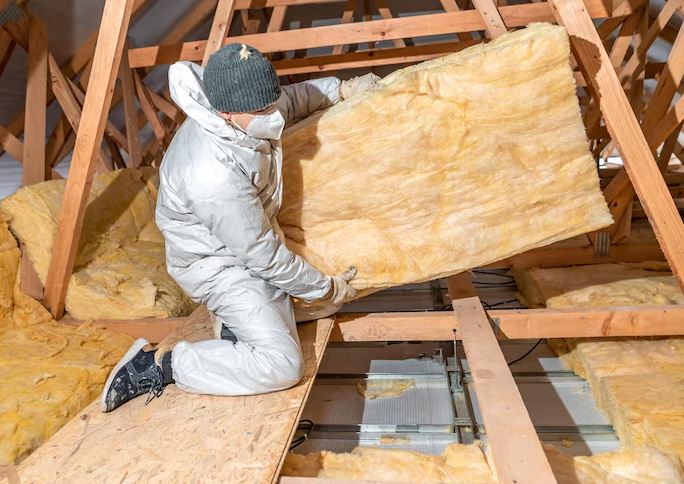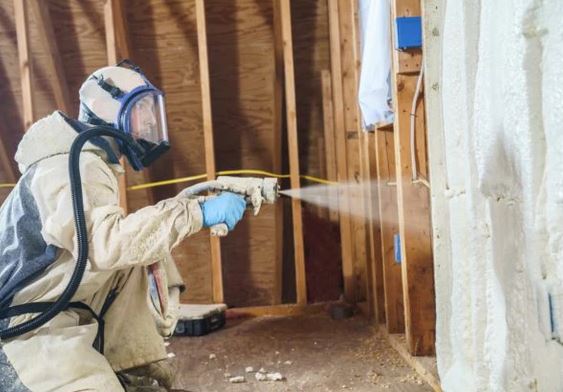When to Install Home Insulation: Seasonal Tips for Optimal Performance

When to Install Home Insulation: Seasonal Tips for Optimal Performance
Upgrading your home insulation is one of the most effective ways to improve energy efficiency, reduce utility costs, and enhance year-round comfort. However, choosing the right time of year to install insulation can significantly affect both the ease of installation and the immediate results you’ll notice in your home’s performance.
This article will guide you through the seasonal considerations for insulation installation, explain how insulation performs under various weather conditions, and offer practical tips to help you prepare your home for extreme temperatures.
Why Timing Matters: Seasonal Considerations for Insulation Installation
Although insulation can technically be installed any time of year, the season in which you choose to complete this home improvement project can make a big difference. Factors like temperature, humidity, and contractor availability all come into play.
Spring and fall are widely considered the best times to install insulation. These transitional seasons offer mild temperatures, making conditions safer and more comfortable for contractors working in attics, crawl spaces, or tight areas. Additionally, spring and fall typically fall outside of the peak busy seasons for insulation companies, which means homeowners may enjoy greater scheduling flexibility and, in some cases, more competitive pricing. More importantly, by insulating during these milder months, you can ensure your home is well-prepared before extreme heat or cold sets in.
On the other hand, installing insulation during the peak of summer or the depths of winter presents more challenges. In summer, attic temperatures can soar, creating unsafe or uncomfortable working environments that can delay installation. Similarly, some insulation materials—especially spray foams—may not cure properly if applied in very cold conditions. During winter, the colder temperatures can affect how materials perform and adhere, and it can be harder to keep installation areas dry and sealed. If insulation must be installed during these months, it’s important to work with professionals who understand how to adjust their techniques and materials to accommodate extreme conditions.
How Insulation Performs in Different Weather Conditions
Insulation’s main job is to slow down the transfer of heat, but the way it performs can vary depending on the weather and the type of material used. In hot climates or during the summer months, materials like spray foam insulation are highly effective because they create an air-tight seal that prevents hot outdoor air from entering the home. Reflective insulation, such as radiant barriers, can also be beneficial in attics by reflecting radiant heat away from the interior of the home. While fiberglass and cellulose are also commonly used, they must be installed correctly to prevent gaps and compression, which can reduce their effectiveness in blocking heat.
In colder weather, insulation helps retain indoor heat and block out the cold. Materials with higher R-values—such as closed-cell spray foam or densely packed cellulose—tend to offer better protection in winter. It’s also important to consider moisture control during the colder months. Without proper vapor barriers or sealing, insulation can absorb moisture, leading to mold growth or a decrease in performance. Proper insulation not only keeps indoor temperatures stable but can also prevent ice dams on roofs by ensuring that heat isn’t escaping unevenly from the home.
Preparing for Extreme Temperatures: Insulation Tips for Every Season
Regardless of the season, preparing your home to handle extreme temperatures begins with ensuring that your insulation is up to standard and free from deterioration. In the summer, homeowners should focus on sealing air leaks around windows, doors, and ductwork to prevent cooled air from escaping. It's also a good idea to inspect attic insulation to ensure it meets current recommended R-values, which generally range from R-30 to R-60 depending on the climate zone. In hotter areas, installing a radiant barrier or upgrading to a higher-performing insulation product can further enhance comfort and energy savings.
For winter preparation, adding or replacing attic insulation can significantly reduce heat loss, leading to lower heating bills and a cozier living environment. Sealing gaps around windows and doors with weatherstripping or caulking is another effective strategy. It’s also important to evaluate wall and basement insulation, particularly in older homes where materials may have degraded over time. Proper insulation in these areas can eliminate drafts and reduce the strain on your heating system during cold snaps.
Plan Ahead for Year-Round Energy Savings
Installing home insulation at the right time and with the right materials can lead to substantial long-term benefits. From lower utility bills to improved indoor comfort and fewer HVAC repairs, insulation is a key investment in your home’s efficiency. Planning ahead—especially during the milder spring and fall months—allows homeowners to avoid the complications that come with extreme temperatures, while ensuring that their home is prepared for the seasonal demands ahead.
If you're considering updating your insulation, it’s worth consulting with a qualified professional to evaluate your home's specific needs. Factors like local climate, the size and layout of your home, and the age of your current insulation all play a role in determining the most effective solution. With the right approach, your home can remain comfortable and energy-efficient in every season.
By understanding how insulation performs throughout the seasons and taking action at the right time, you can significantly boost your home's energy efficiency, comfort, and overall value. Don’t wait for the next heatwave or cold snap—schedule a home insulation assessment today and take the first step toward a more comfortable, energy-efficient home year-round. Reach out to the experts at Arlington Coal & Lumber Company for expert advice tailored to your home’s unique needs.




